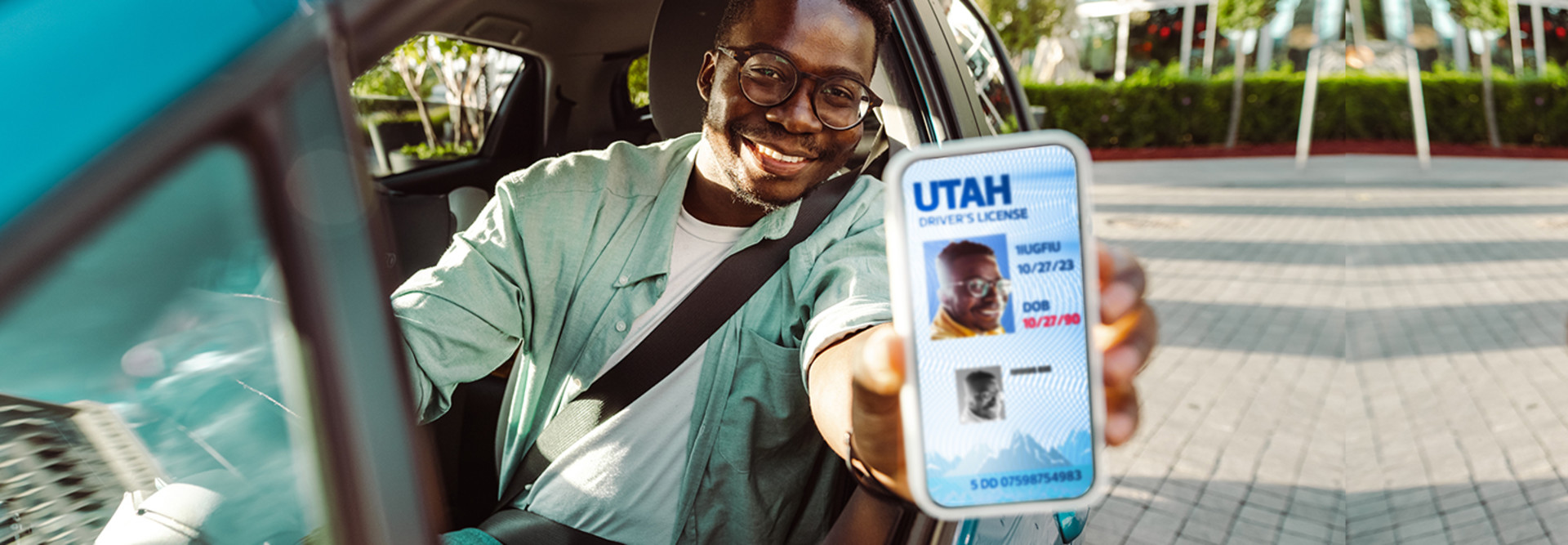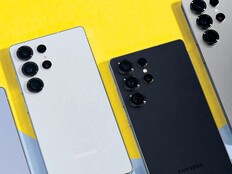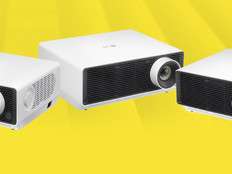Ensuring Citizens' Data Is Safe Among Other Benefits
Conversations about mDLs date back roughly a decade, according to Michael McCaskill, director of identity management at the American Association of Motor Vehicle Administrators (AAMVA), who says adoption picked up steam in recent years, in part due to advancements in mobile security and other technologies.
Unlike a physical license, which can be used fairly easily if it’s stolen or lost, biometric safeguards such as face recognition serve as an extra layer of protection for device content.
An mDL can offer touchless transactions, allow instant updates to ensure data is current and enable the license holder to control what information is shared.
“I hand them my physical credential, and they have all the data about me on that — my name, address, everything,” McCaskill says “The mDL holder has the ability to select the data they want to share. That could be just be the person’s photo and that they’re over a certain age.”
To issue an mDL, the identifying information that appears on a physical driver’s license is provisioned to a person’s phone or other device. Each element is cryptographically signed and also picks up some of the device’s cryptographic information in the process, according to McCaskill.












